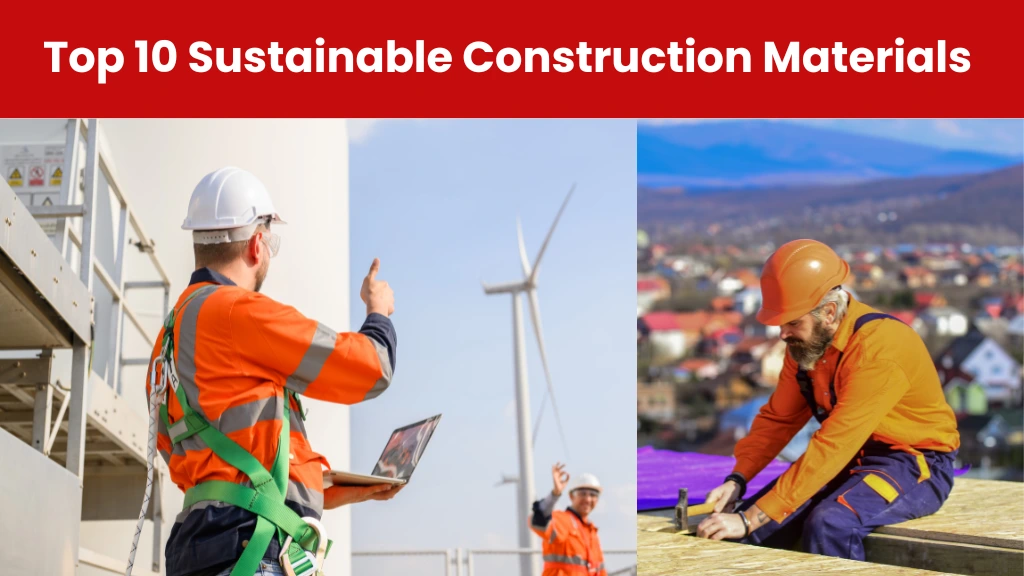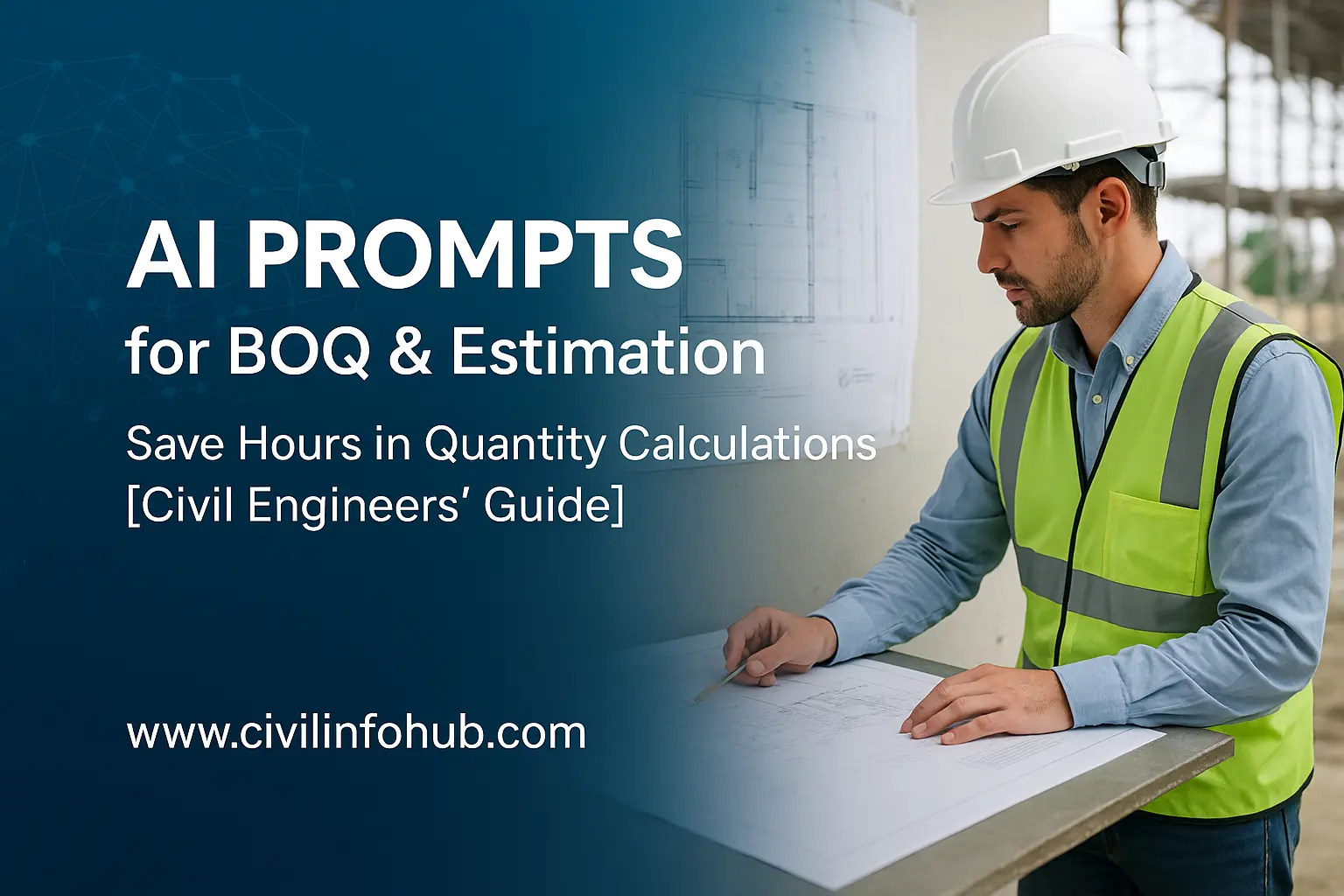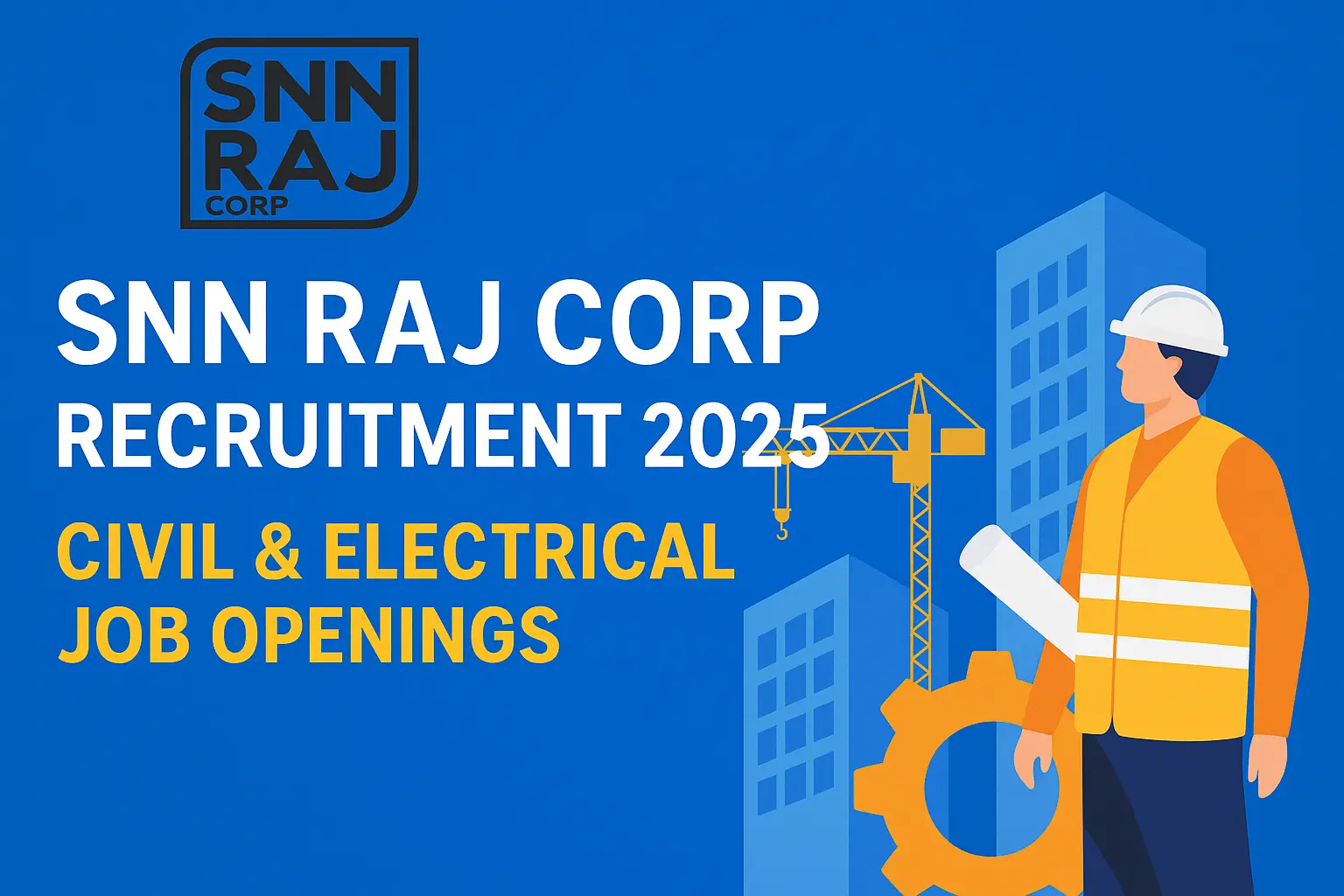In the construction industry, builders and architects want to produce environmentally friendly structures; hence, sustainability has become important. The use of sustainable construction materials has increased due to increasing concerns about climate change and resource depletion. These materials not only lower carbon footprints but also contribute to improving energy efficiency, durability, and cost-effectiveness.
To conclude this blog, we will introduce you to the top 10 sustainable construction materials to look forward to in 2025, including their benefits, usage, and impact on the future of construction.
1. Cross-Laminated Timber (CLT)
What is CLT?
Cross Laminated Timber (CLT) is a mass timber product made by bonding the layers of wood panels at right angles. It is an environmentally friendly option compared to concrete or steel.
Why is it Sustainable?
- It decreases carbon footprint in the use of renewable wood sources.
- Carbon dioxide is stored in it which helps in carbon sequestration.
- Less energy is required for manufacturing against concrete or steel.
Applications:
- Residential and commercial buildings.
- Prefabricated modular construction.
- Walls, floors, and roofs or ‘structural components’.
2. Recycled Steel
What is Recycled Steel?
This article explained that steel is produced from recycled steel instead of raw materials.
Why is it Sustainable?
- It saves 75 percent of the energy required to produce new steel.
- It minimizes the use of mining and natural resources.
- Highly durable and recyclable.
Applications:
- Structural framing for buildings.
- Bridges and large infrastructure projects.
- Roofing, fencing, and reinforcement bars.
3. Hempcrete
What is Hempcrete?
Hempcrete is a biodegradable construction material made with hemp fibers, lime, and water. It is a lightweight insulation alternative.
Why is it Sustainable?
- Carbon dioxide is absorbed during it curing process.
- It also provides natural insulation and provides a reduction of energy consumption.
- Mold-resistant, fireproof, and non-toxic.
Applications:
- Insulating walls and roofs.
- Lightweight construction blocks.
- Eco-friendly renovations and restorations.
4. Bamboo
What is Bamboo?
Bamboo is a grass that grows fast and becomes strong as wood, it was used as a construction material.
Why is it Sustainable?
- 30 times faster than traditional trees grow.
- Absorbs carbon dioxide and oxidizes.
- Naturally strong and flexible.
Applications:
Flooring and wall panels.
Scaffolding and support structures.
Sustainable housing projects.
5. Mycelium (Fungal Bricks)
What is Mycelium?
Fungal networks can be grown into brick-like structures called mycelium. The biodegradable bricks are lightweight but very strong.
Why is it Sustainable?
- It can also be grown using agricultural waste.
- 100% compostable, reducing landfill waste.
- It acts as natural insulation and helps in minimizing heating as well as cooling costs.
Applications:
- Lightweight building panels.
- Temporary and permanent housing structures.
- Biodegradable packaging solutions.
6. Rammed Earth
What is Rammed Earth?
A method of construction for strong walls in which natural earth, sand, and clay are compressed.
Why is it Sustainable?
- Locals materials, local transportation emissions.
- Keeping buildings naturally cool requires high thermal mass.
- Extremely durable and fire-resistant.
Applications:
- Walls and foundations.
- Eco-friendly homes and commercial buildings.
- Historical restorations and renovations.
7. Ferrock
What is Ferrock?
Industrial waste includes steel dust and silica, which lends itself to be a stronger alternative to concrete made with Ferrock.
Why is it Sustainable?
- During the curing process, it absorbs CO₂.
- It uses waste materials to lower the landfill burden.
- Stronger and more flexible than traditional concrete.
Applications:
- Structural and load-bearing elements.
- Flooring and pavement.
- Bridges and marine infrastructure.
8. Recycled Plastic Bricks
What are Recycled Plastic Bricks?
These bricks, which will be made from melted and compacted plastic waste, are durable and lightweight bricks that we can make as a substitute for traditional bricks.
Why is it Sustainable?
- Plastic waste is reduced in landfills and oceans.
- Requires less energy to manufacture.
- Highly waterproof and fire-resistant.
Applications:
- Low-cost housing.
- Road construction.
- Modular and prefabricated buildings.
9. Straw Bales
What are Straw Bales?
Straw baled and compressed to be used as insulation or structural walls.
Why is it Sustainable?
- Reducing the material costs, made from agricultural waste.
- Good insulator which leads to less heating and cooling needs.
- Biodegradable and compostable.
Applications:
- Insulated walls in eco-friendly homes.
- Barns and rural housing.
- Temporary shelters.
Conclusion
The future of construction is directed towards sustainable development through the implementation of advanced building materials which includes CLT as well as Ferrock and Mycelium and Solar Tiles. Such construction materials help decrease environmental effects while improving durability and saving energy.
Eco-friendly infrastructure development will rise as demand increases because these materials deliver both environmental well-being and build high-quality buildings. Any planned sustainable project or construction industry operation should include these materials as design elements.
Sustainable construction development enables us to construct more than physical infrastructure since it creates a lasting positive impact on future generations.
APCO Infratech Pvt Ltd Latest Job Vacancy 2025 | Marine & Road Project Recruitment
FAQs
1. Why is sustainable construction important?
Sustainable construction is a construction that uses renewable materials, reduces waste, and makes improvements in energy efficiency thus reducing the impact on the environment.
2. What is the best sustainable material to use instead of concrete?
Ferrock and Hempcrete are eco and strong, durable alternatives that provide carbon-negative benefits.
3. Is it possible for bamboo to be used as a substitute for traditional wood in construction?
Bamboo is indeed stronger than a lot of hardwoods, grows faster, and is a sustainable alternative for flooring, walls, and scaffolding.
4. Is the durability of recycled material is the same as traditional material?
Yes, recycled steel, plastic bricks, and Ferrock have super high durability and strength which often exceed traditional materials.
5. Is sustainable construction more expensive?
Some sustainable materials may start more costly, but they will save you money on energy bills, maintenance, and your carbon footprint, and consequently be cost-effective in the long run.










